Table of contents
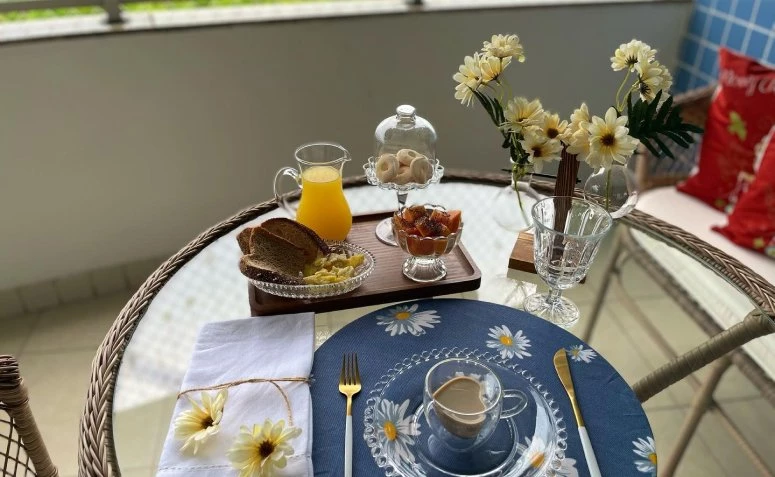
Famous for its beauty and mystique, the Daisy is one of the most popular types of flowers. Of European origin, this plant found fertile soil in the most diverse countries, including Brazil. To learn more about this little plant, see what the plant specialist Eduarda Farias says about it. Check it out!
7 types of daisy to get to know
Daisies are multiple flowers, full of diversity that give each variety its own brilliance. To get a good start, how about getting to know 7 varieties of the Daisy flower?
Daisy Shasta
It's the classic, the most famous," says the expert about the Shasta variety. Being more recognized in white colors, the species "tolerates low temperature", but prefers the sun. A great option for those who want to start growing Daisies.
Echinacea purpurea
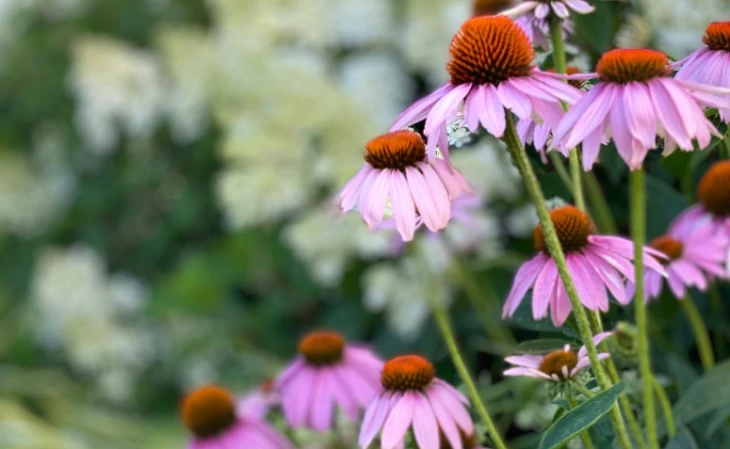
According to the expert, the Echinacea purpurea He goes on to say that "the interesting thing about this plant is that it has medicinal properties, since its extract has antibacterial and anti-inflammatory actions.
Gerbera
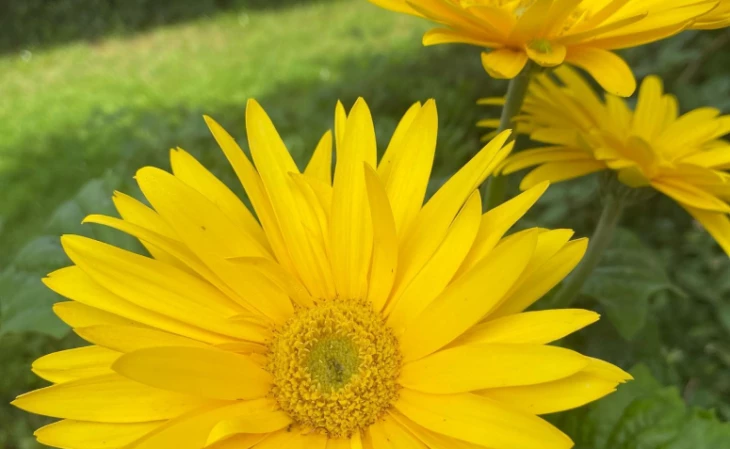
About this one, Duda points out that the "Gerbera is also a type of Daisy". The plant has South African origins and therefore "it is a plant that likes sun and does not like a lot of water.
Rudbeckia
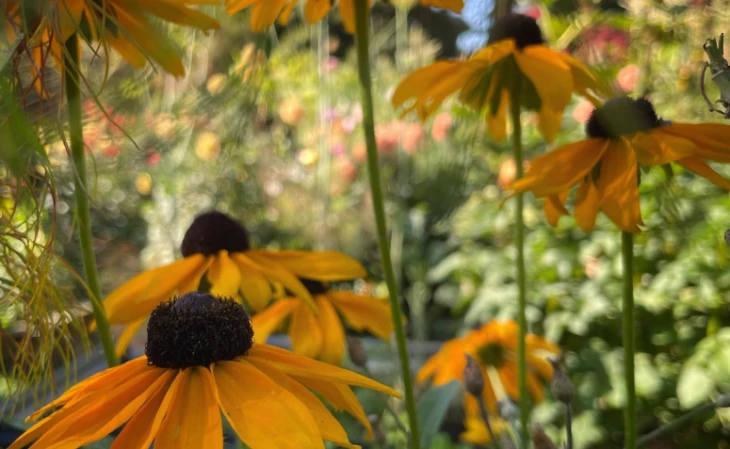
With an attractive name, Rudbeckias ''are the yellow daisies, and there are two species: Rudbeckia Fulgida and Rudbeckia Hirta. Similar to Echinacea Purpurea, they ''are also used as medicinal plants due to their antifungal and antibacterial properties.
See_also: LED Curtain: 30 amazing ideas to adopt in your decorationMargaza
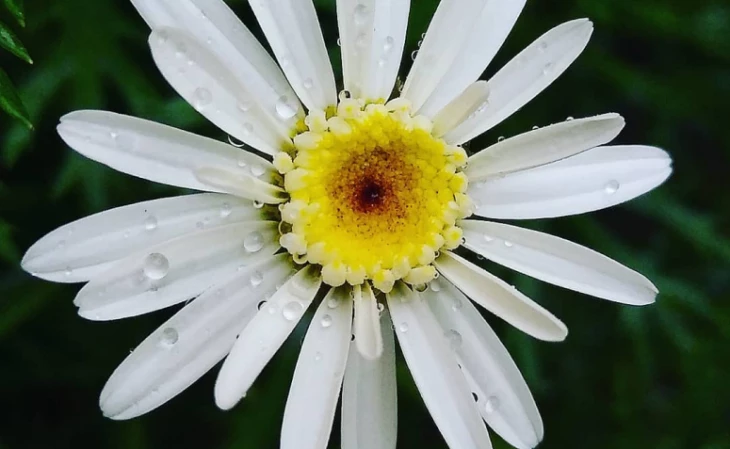
Quite diverse, "the Margazas can be found in many colors. The specialist calls attention to the vases, because according to her, this species "likes a lot of space to develop well", so she recommends "vases with a depth of about 40 cm or more.
See_also: 9 important tips on how to organize a wedding in the countrysideDaisy Dahlberg
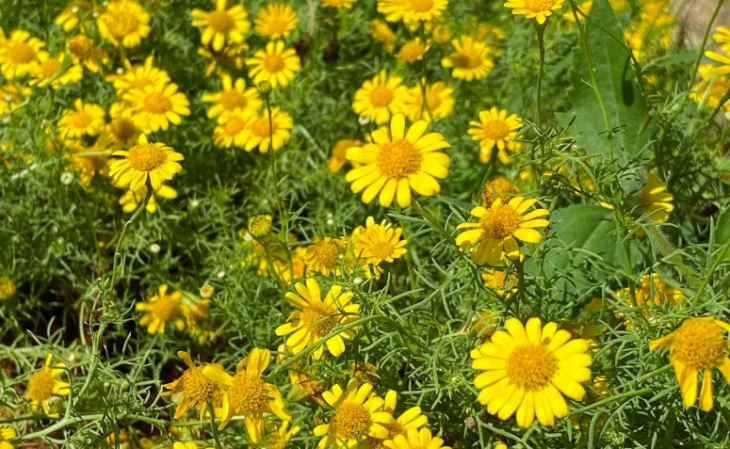
Recognized for its ''small yellow flowers,'' Dahlberg also ''has leaves that, when cut, exude a pleasant scent. A perfect species for your gardens.
Daisy of Paris
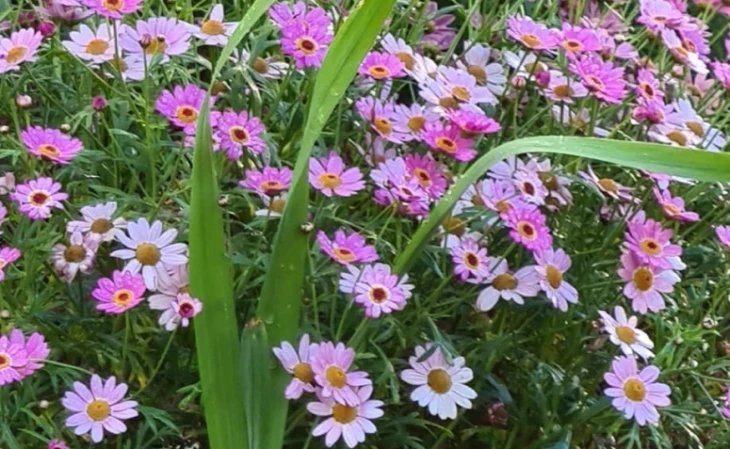
A Argyranthemum frutescens It appreciates lower temperatures and likes direct light, and is one of the most popular varieties. Its presence dates back to the popular imagination in movies, series during history.
Once you know these types, you already have a more solid foundation for looking for your ideal daisy!
7 characteristics of the Daisy
Some of the main characteristics of the Daisy that make it such a recognizable plant are:
- Well defined petals;
- Oval-shaped leaves;
- Adaptability to climate;
- Flowering bud;
- Medicinal properties;
- Lavender scent;
- Long stem.
There are many particular traits, so it is even difficult to confuse the beautiful Daisies with other flower species.
How to care for your daisy
To help you in the cultivation of your flower, Duda gave some important tips about the care of this plant:
- Lighting: This plant is sun friendly, preferring natural lighting whenever possible. Despite its apparent delicacy, Daisy does well in bright light.
- Soil: Give preference to moist, drainable soil, but not waterlogged. Daisies like a lot of heat, but they don't like to be dehydrated.
- Fertilizer: Potassium fertilized soils are ideal for growing Daisies, keeping a regular weekly amount of fertilizer.
- Pruning: Pruning is important to be done, whenever you have dried flowers or leaves, cut them, stimulating the revitalization of the plant.
- Watering: It is recommended to water the Daisies once a day, but be careful not to soak them, because excessively wet soil promotes the proliferation of fungus.
With these tips your Daisy is sure to bloom in a healthy and unique way.
Getting to know more of the Daisies
To better illustrate the tips, how about some videos that will deepen your knowledge about your little plant?
How to make seedlings
In this explanatory video, the gardener teaches how to make Daisy seedlings. In it, the process is very detailed and explained in its minutiae, in a way that makes it easy for everyone to create their own.
Creating your Daisies
To achieve an explosion of color in your Daisies, few videos are better than this one. In it, the youtuber gives tips on how to maintain the care of your little plant so that it blossoms ever more beautifully.
Daisy Planting
This video is great for when it's time for you to get your hands dirty planting your Daisies. The gardener gives tips and demonstrates in practice what care is needed to plant and care for your plant.
More care for your Daisy
Humorous and rich in information, the video demonstrates some of the main care needed to keep your Daisy strong. The focus of the content is the Cape Daisies, a wonderful species!
After watching the videos, you should already be decided about your Daisies. Now is the time to think about your plant decorating your home.
20 Daisy pictures to inspire your decoration
With their delicacy and unique atmosphere, Daisies make your decoration even more beautiful.
1. daisies are enchanting flowers full of charm

2. very indicated for internal decoration
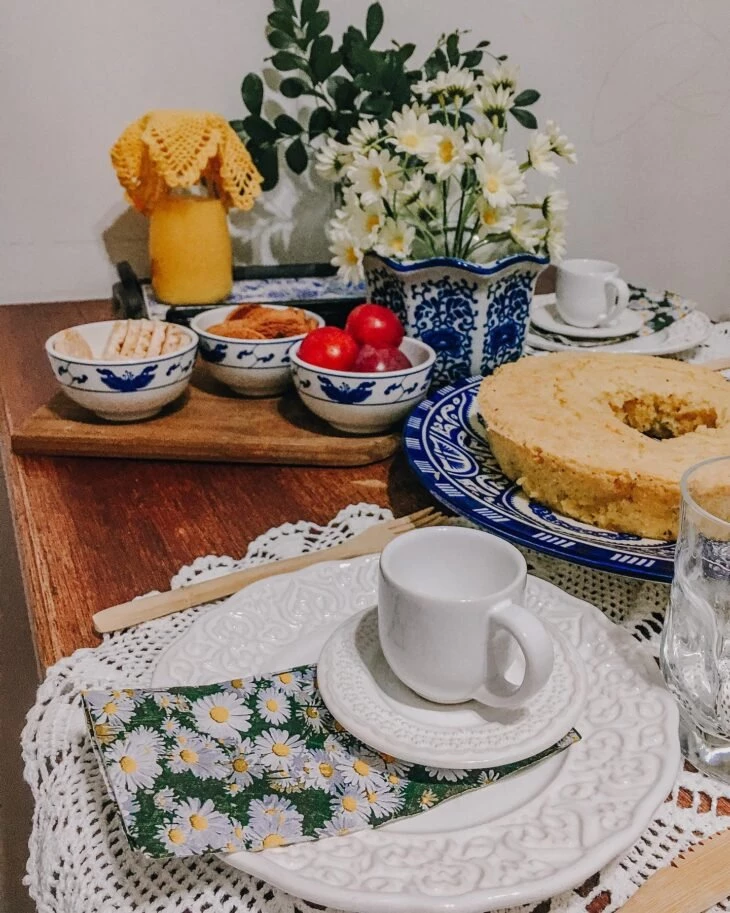
3. enriching the most diverse environments
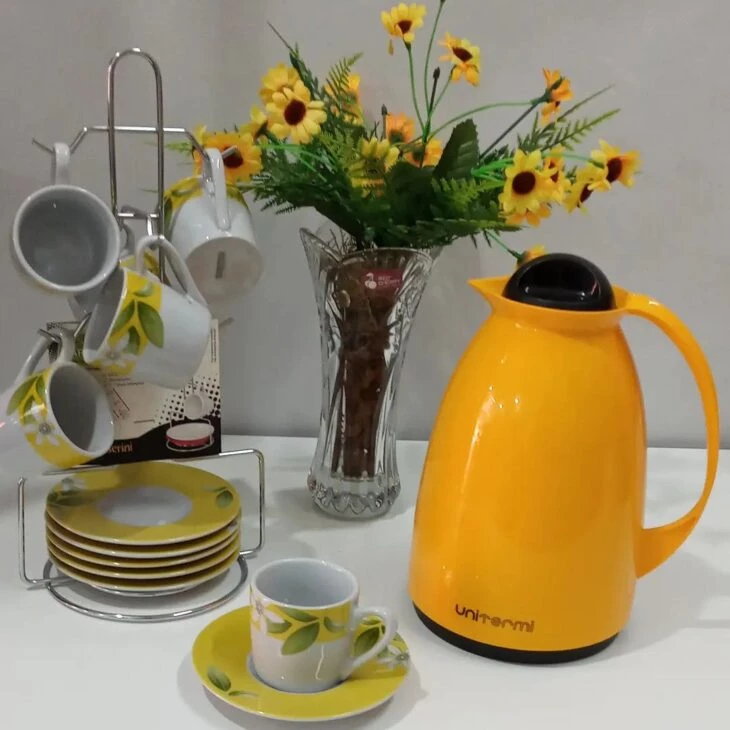
4. the Mini Daisies form a beautiful bed

5. they go great with other flowers, such as White Roses

6. varieties can create a majestic environment

7. moreover, Daisies are romantic flowers

8.And they go with cooler colors
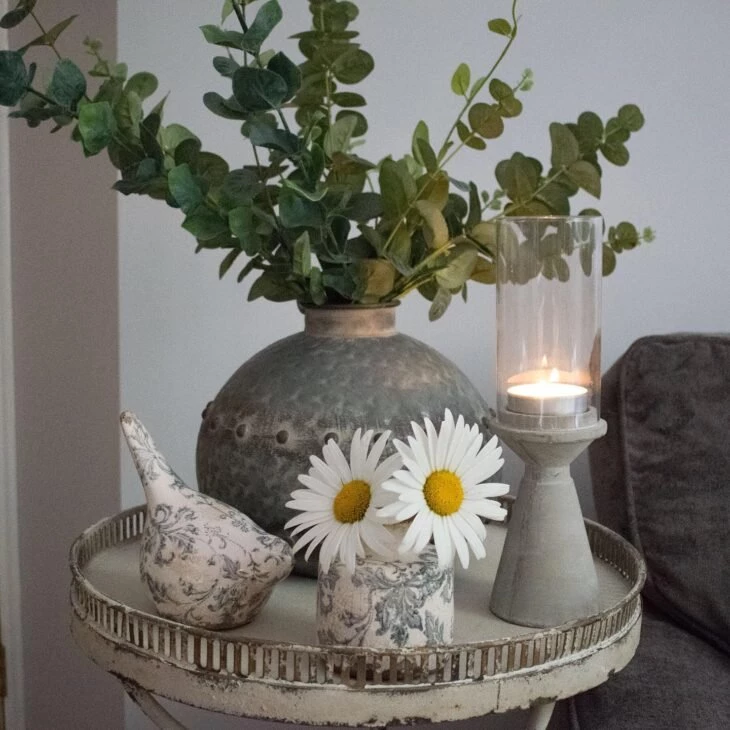
9. bet on dried daisies in your kitchen
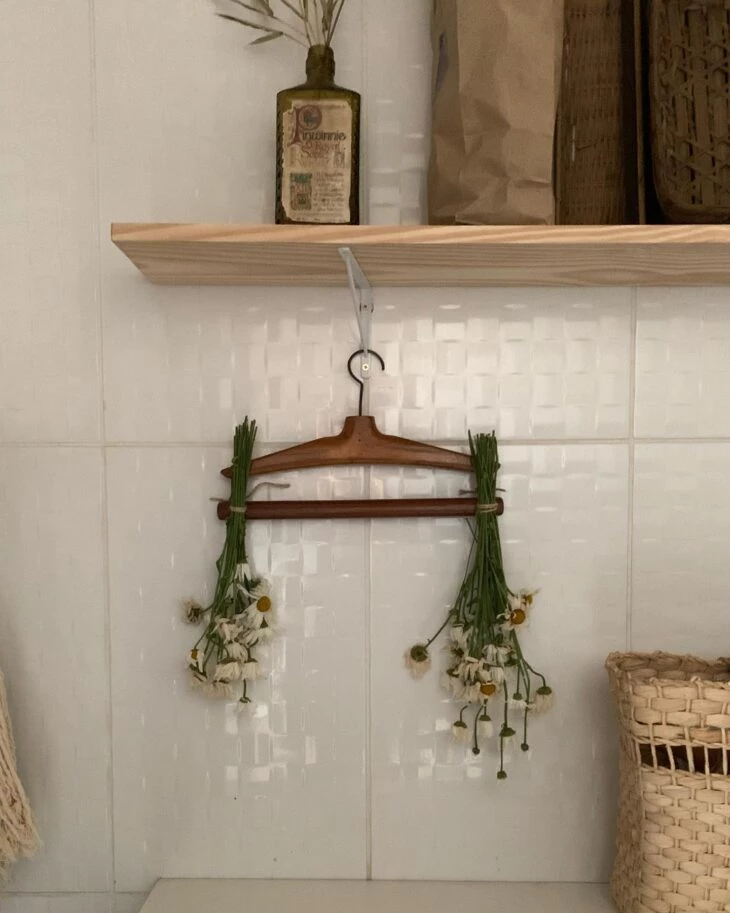
10. they are also indicated to decorate backyards

11. why not leave it next to the stove? it looks great!
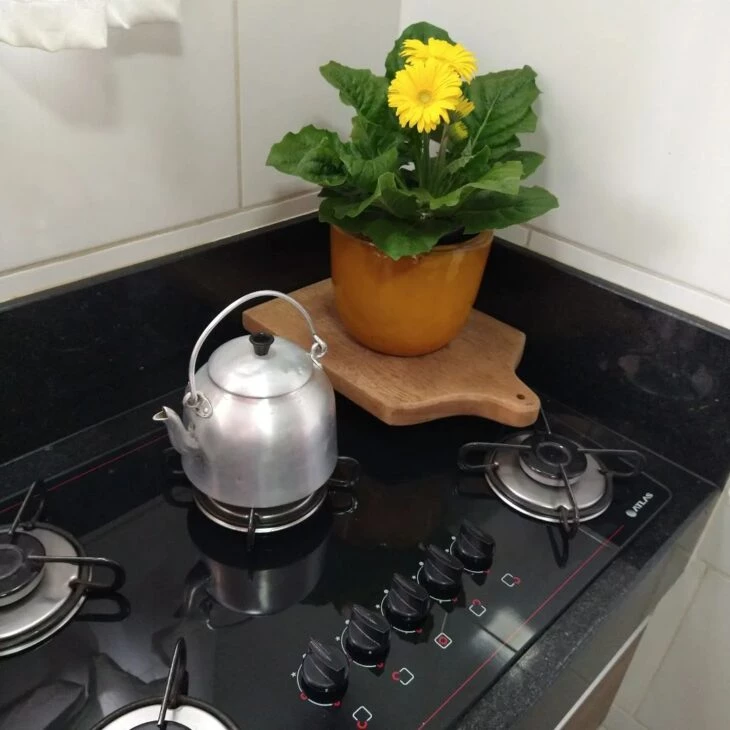
12. invest in yellow in contrast with white furniture

13. in longer vases, Daisies add an air of sophistication to your rooms
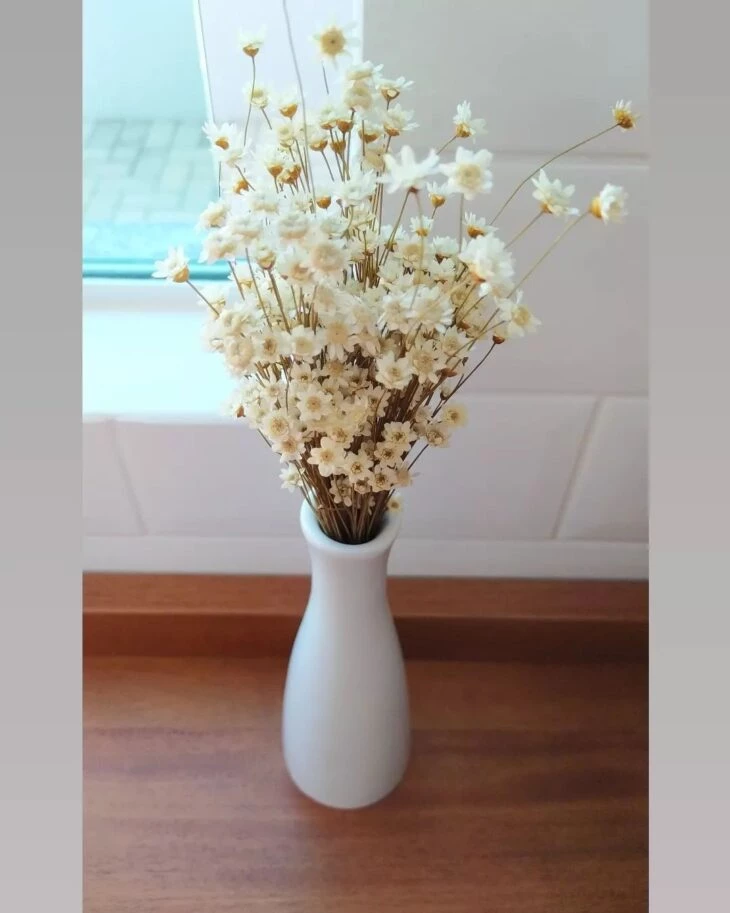
14: With this plant, your flowerbed will be even more alive!
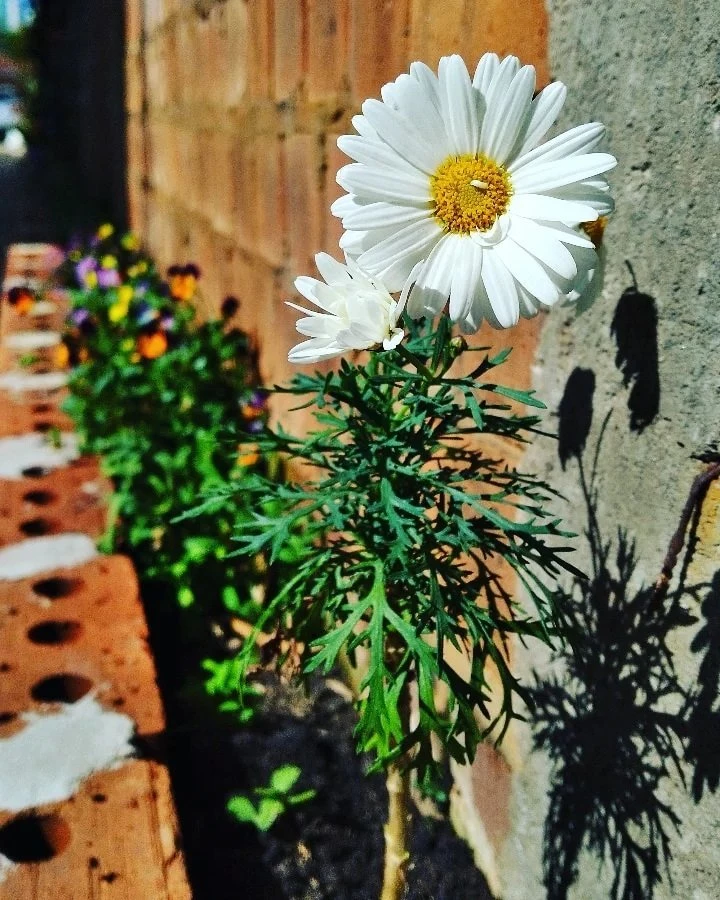
15. the style combinations are practically infinite
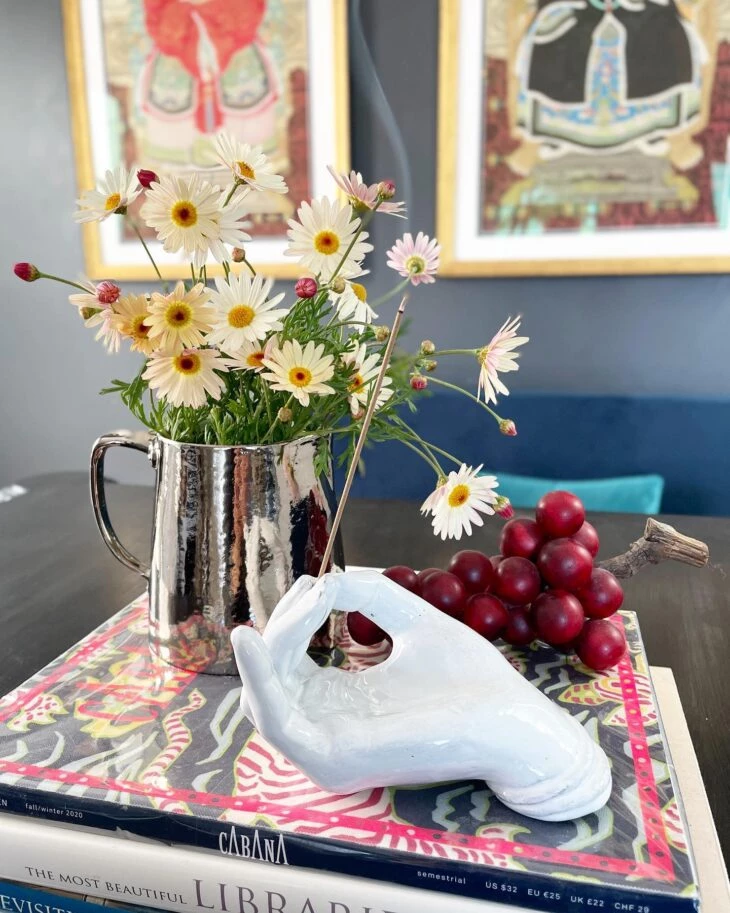
16. more delicate decorations have the power to transmit many sensations
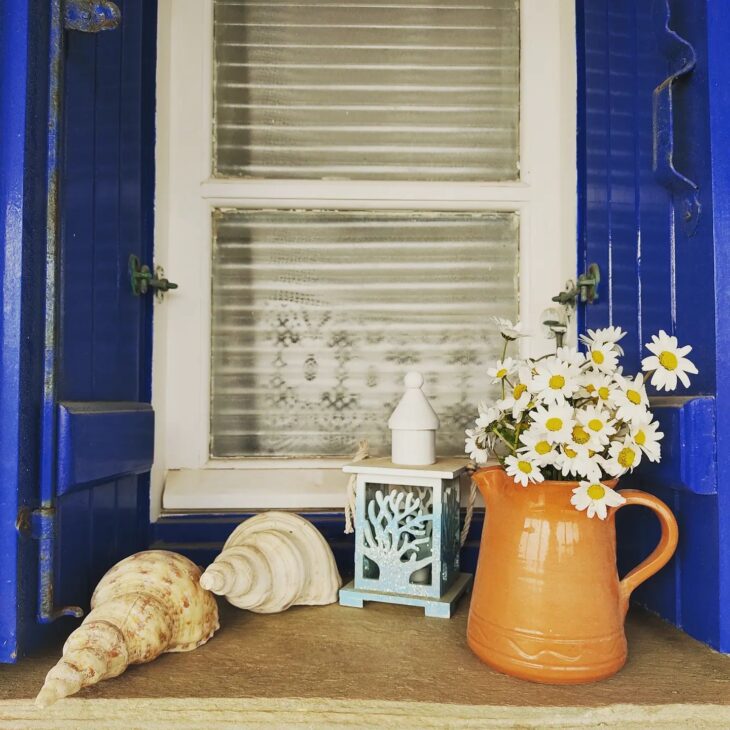
17. lighter species will give a new touch to your room

18. and why not even your bathroom

19. so be sure to take advantage of
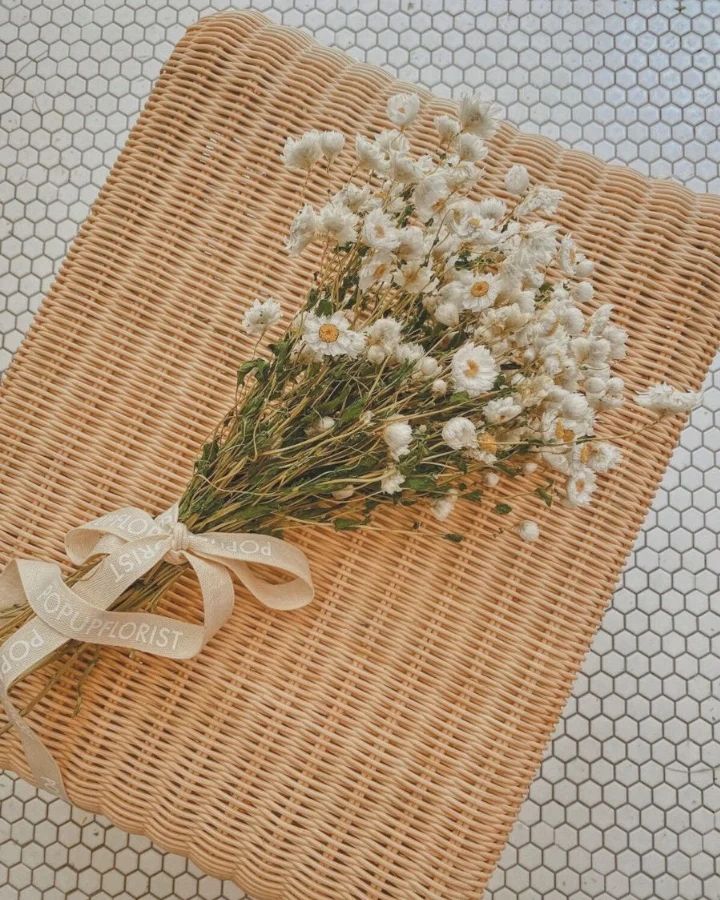
20. the wonders that Daisy provides for your home!
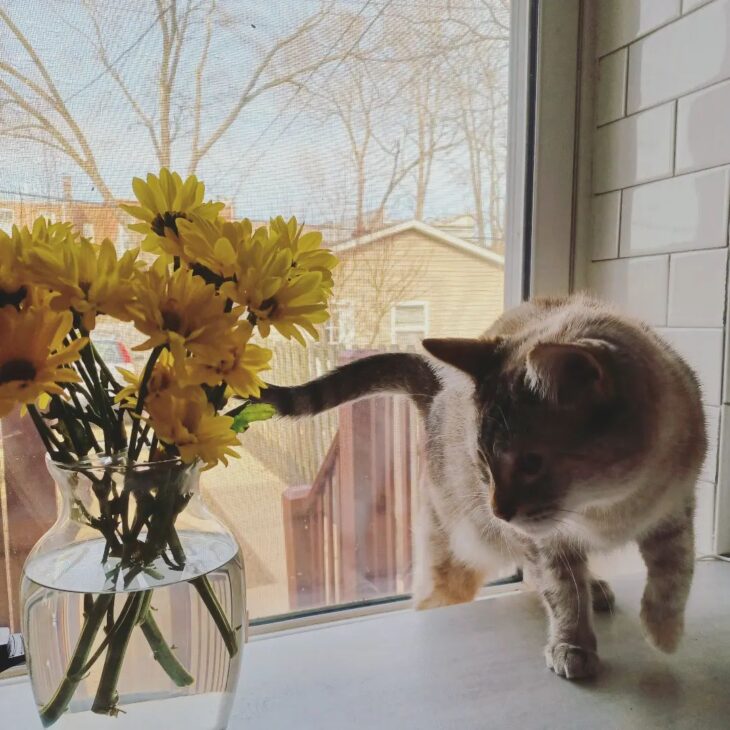
Wonderful, isn't it? After these pictures it is hard to control the desire to fill your house with Daisies. Now that you have ideas on how to use this plant in your home, be sure to take a look at the Ipomoeas.


